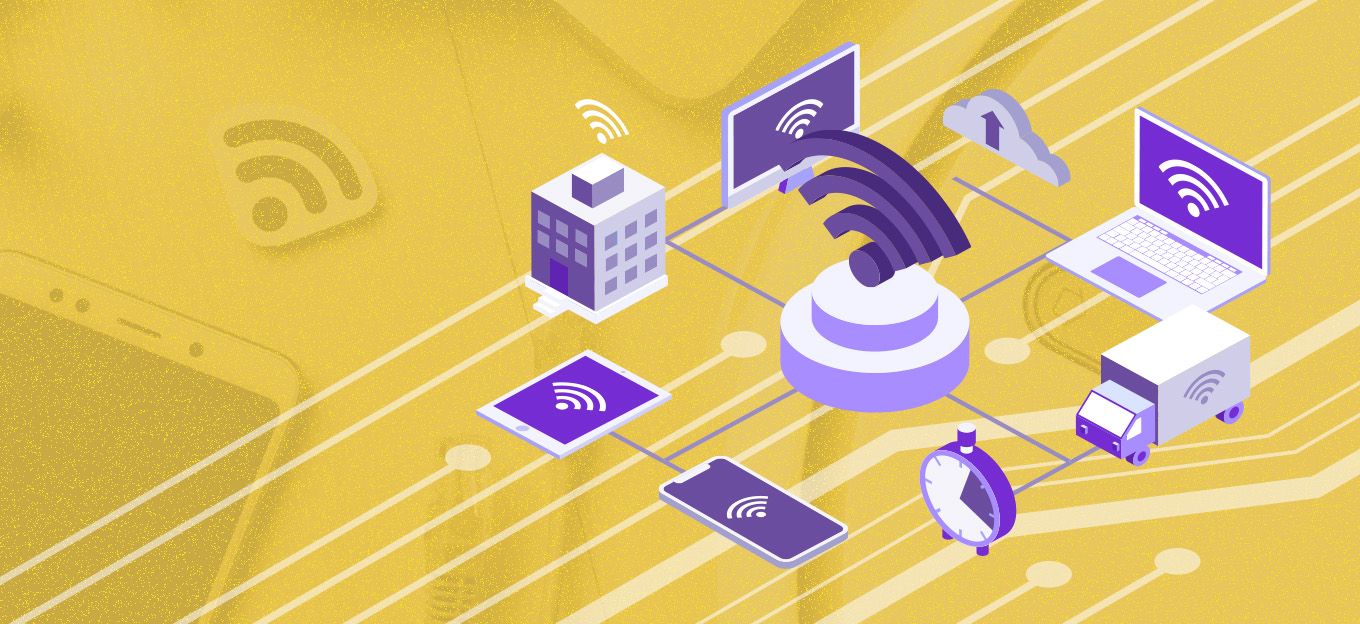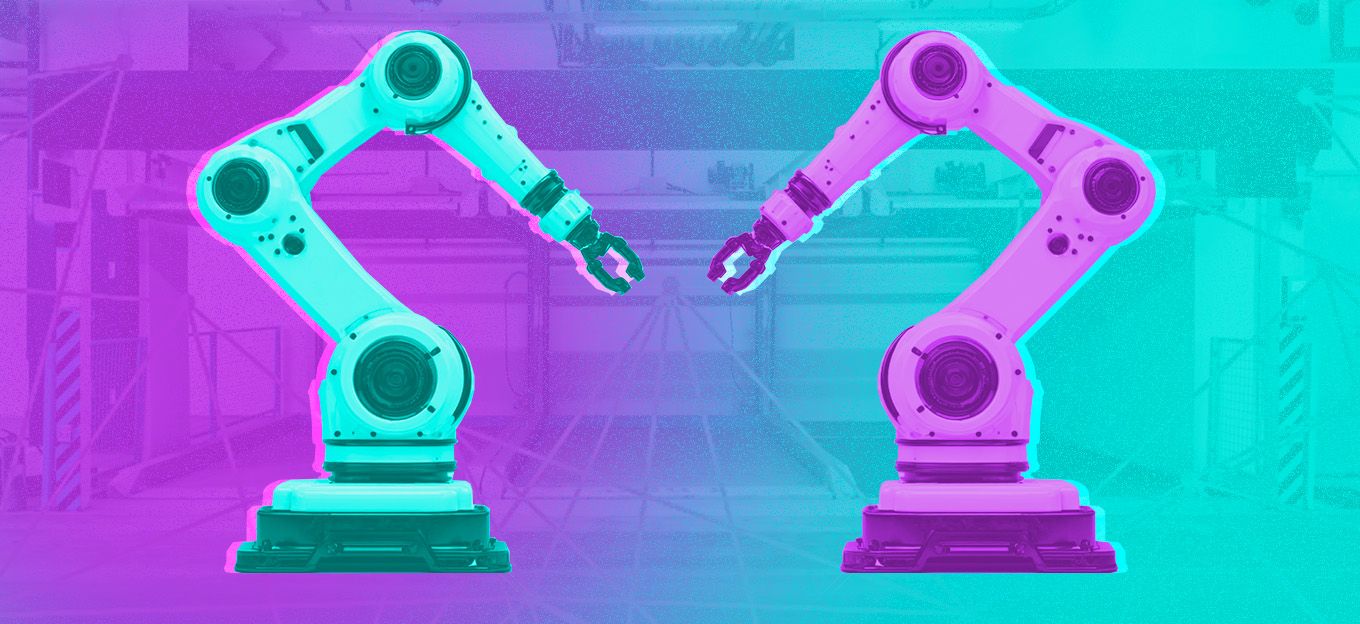How to Plan Your IIoT Solution for Long-Term Scalability
How to Plan Your IIoT Solution for Long-Term Scalability
- Last Updated: December 2, 2024
Cory Williamson
- Last Updated: December 2, 2024



While many companies have taken the first steps of adding machine and sensor connectivity to their operations for data-visualization purposes, we truly have just begun to scratch the surface of the capabilities of the Industrial Internet of Things (IIoT).
The real value of IIoT lies in harvesting and applying data in new ways. Companies that are quick out of the gate and establish themselves as experts have a real opportunity to own their market segments. But, long-term IIoT success and scalability involve more than just a great idea. Brands must shift their organizational models to not only develop IIoT products but also to provide internal support to fully leverage their capabilities—a challenge that will often require the help of an outside partner.
Adopting #IIoT products is essential to maintaining a competitive edge in today’s digital landscape; however, failing to plan for long-term scalability can create obstacles on the pathway to success.
Planning for an IIoT future that’s anything but clear may seem daunting. Yet, companies that plan early and take small steps will find themselves on a solid pathway to success.
The Future Possibilities of IIoT
Although it may be difficult for companies to imagine, given the current state of the industry, future IIoT solutions might look like the consumer-facing Internet of Things (IoT), with humans functioning as passive participants while devices interact around them. For example, picture a shipping facility that has outfitted every step of its process, from sourcing to packing, labeling to shipping, with IIoT-enabled sensors. Each device in the process provides its own diagnostic information about the shop floor, including orders completed per hour, necessary maintenance and underutilized resources.
That’s a very long-term picture; understanding how to effectively harvest data is a fairly new topic in IIoT. However, now that industrial companies are focusing on IIoT’s potential, the industry will make significant progress toward this future over the next five years.
IIoT’s true potential is unlocked when combined with robust data science and/or machine learning, gathering deep insights from the data IIoT sensors generate about your business processes. It’s a marriage that has succeeded in the auto industry, where robots perform tasks in dangerous environments at a pace far quicker than any human could muster. Other industries have yet to embrace the widespread adoption of robots, which could give pioneers a competitive edge.
Planning for Long-term Scalability: People First
Before investing in IIoT technology, whether small-scale or experimental, companies should lay a solid foundation of people to support the effort. As I mentioned in a previous column, there’s no single right way of gathering IIoT support staff; your company will likely benefit from a mix of internal talent and external hires to handle an IIoT transition. The most important action is simply putting the right people with the right expertise in the same room to begin planning and problem-solving.
Starting Small with New Technology Deployments
Because IIoT is such a young field, companies have an exciting opportunity to experiment. But as with any new investment, I advise starting small with sensors, software and other trial technology. If your idea fails or if you need to change course midstream, you’ll have committed a smaller investment, and it will be easier to pivot.
Here’s another question your company’s leadership and tech experts must answer before moving ahead with your IIoT project: What form will your investment take? Options include the following:
- A new-to-market solution
- An off-the-shelf solution your company will alter and customize
- An internally built prototype you can leverage with customers
There are pros and cons to each approach based on your budget, timeline, and expertise. A trusted external partner can help guide you through this process.
In the likely scenario that your company outfits legacy machines to interact with IIoT technology, you’ll also need to budget for additional connectivity, including ethernet, as well as potential hardware to compensate for aging equipment. Don’t underestimate your legacy machines’ ability to adapt to IIoT. I know of a company that connected a machine from 1927 to their IoT platform. But, at some point in the future, existing infrastructure won’t be able to keep up with modern demands.
Updating Your Technology Infrastructure
Servers are at the heart of any IIoT project and must be your first consideration when building out a digital support system. While networking, Bluetooth and WiFi needs are case-specific, every company and every IIoT project need secure, high-capacity servers. Ask yourself the following questions:
- Where is our data captured, and how is it translated? Data must be stored in a way that is both secure and accessible to relevant parties, and it must also be formatted in a standardized way to reduce data siloing.
- What is the life expectancy of our storage devices, and what is our backup plan in case of failure? The loss of IIoT data could have devastating effects.
Counterintuitive as it may seem, remember that your company and IIoT solution don’t have to support the latest technology at all times. It’s more important to have a trustworthy reputation and a strong market standing based on competitive analysis. I tell companies to follow the philosophy of support with intention. You can always tackle new capabilities in the next iteration, but it must make sense based on your long-term goals.
Planning for the Short Term
Your business plan is another area that requires intention. It’s easy for both leadership and customers to get excited about the long-term prospects for IIoT, but these groups may also have futuristic expectations that are unrealistic for now. Instead of setting space-age standards for a revolutionary, full-service IIoT solution, focus your efforts on business-specific problems that create a very real difference in day-to-day operations.
Remember that change takes time. Many companies hope to see a return on their IIoT investments in one to three years. In reality, that future may be 5 to 10 years away. Be realistic about timelines and set expectations early. Lofty promises lead to stress, overspending to complete an imperfect product, disappointed clients or in the worst case, the death of your IIoT investment.
While it may feel overwhelming to plan a scalable future for your company’s IIoT investment, as long as an IIoT product meets a business need, it will never become obsolete. By building IIoT into your company’s long-term goals and roadmap, and by supporting the IIoT technologies that make sense for your company, you’ll be much more likely to achieve a successful outcome.
The Most Comprehensive IoT Newsletter for Enterprises
Showcasing the highest-quality content, resources, news, and insights from the world of the Internet of Things. Subscribe to remain informed and up-to-date.
New Podcast Episode

IoT and AI in 2026
Related Articles





